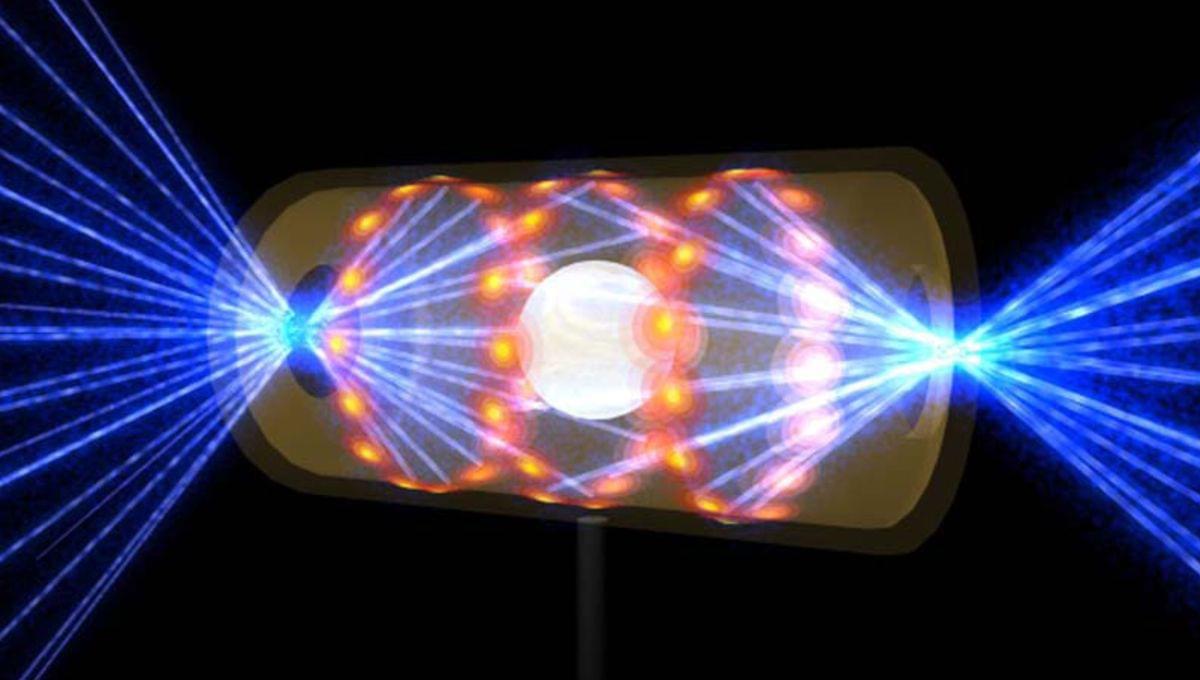Jonathan Mast’s journey is a testament to the power of embracing change and leveraging AI technology to create business value.


Berzerkers.
Get a free trial TODAY with Hostinger Horizons! Use code ISAACARTHUR to get 10% off your first month here: http://hostinger.com/isaacarthur.
The silence of the stars might be hiding more than an absence of life — it might conceal ancient machines, monuments, and traps from civilizations long vanished. Today, we explore these eerie cosmic echoes and the risks of unearthing them.
Visit our Website: http://www.isaacarthur.net.
Join Nebula: https://go.nebula.tv/isaacarthur.
Support us on Patreon: / isaacarthur.
Support us on Subscribestar: https://www.subscribestar.com/isaac-a… Group: / 1,583,992,725,237,264 Reddit:
/ isaacarthur Twitter:
/ isaac_a_arthur on Twitter and RT our future content. SFIA Discord Server:
/ discord Credits: Ancient Alien Artifacts — Cosmic Relics Of A Dangerous Past Written, Produced & Narrated by: Isaac Arthur Script Editor: Lukas Konecny Graphics: Sergio Botero, Udo Schroeter Select imagery/video supplied by Getty Images Music Courtesy of Epidemic Sound http://epidemicsound.com/creator Chapters 0:00 Intro 1:42 The Cosmic Junkyard 3:56 What Survives When Civilizations Don’t 9:31 Dangerous by Design 12:04 False Gifts and Poisoned Knowledge 15:37 We Might Already Be Inside One 19:21 Detecting the Undetectable 21:34 The Human Reaction 23:31 The Million-Year Message 24:55 Galactic Cemeteries 26:53 The Ghosts We Might Meet 28:43 The Next Artifacts.
Facebook Group: / 1583992725237264
Reddit: / isaacarthur.
Twitter: / isaac_a_arthur on Twitter and RT our future content.
SFIA Discord Server: / discord.
Credits:
Ancient Alien Artifacts — Cosmic Relics Of A Dangerous Past.
Written, Produced & Narrated by: Isaac Arthur.
Script Editor: Lukas Konecny.
Graphics: Sergio Botero, Udo Schroeter.
Select imagery/video supplied by Getty Images.
Music Courtesy of Epidemic Sound http://epidemicsound.com/creator.
Chapters.
0:00 Intro.
1:42 The Cosmic Junkyard.
3:56 What Survives When Civilizations Don’t.
9:31 Dangerous by Design.
12:04 False Gifts and Poisoned Knowledge.
15:37 We Might Already Be Inside One.
19:21 Detecting the Undetectable.
21:34 The Human Reaction.
23:31 The Million-Year Message.
24:55 Galactic Cemeteries.
26:53 The Ghosts We Might Meet.
28:43 The Next Artifacts


What this means in real time is that researchers using these maps do not know if there are any errors or issues ahead of them, nor do they know if these errors are part of the research design. Nevertheless, this is all they have to work with, so they have to make a decision based on this limited information, and doing so will always have high costs in terms of the ignition attempt, which is expensive.
To overcome this, the team at the NIF created a new way to create these “maps” by merging past data with high-fidelity physics simulations and the knowledge of experts. This was then fed into a supercomputer that ran statistical assessments in the course of over 30 million CPU hours. Effectively, this allows the researchers to see all the ways that things can go wrong and to pre-emptively assess their experimental designs. This saves a lot of time and, more importantly, money.
The team tested this approach on an experiment they ran in 2022, and, after a few changes to the model’s physics, was able to predict the outcome with an accuracy above 70 percent.

Most existing robots designed to move on the ground rely on either wheels or legs, as opposed to a combination of the two. Yet robots that can seamlessly switch between wheeled and legged locomotion could be highly advantageous, as they could move more efficiently on a wider range of terrains, which could in turn contribute to the successful completion of missions.


US firm unveils Iran’s Shahed-style kamikaze drone with 100-pound payload power.
Alabama-based drone manufacturer Griffon Aerospace has unveiled its latest unmanned aircraft system, the MQM-172 Arrowhead, a drone designed to operate as both a high-performance target platform and a configurable strike asset.
Daniel Beck, Airworthiness Manager and Program Manager at Griffon Aerospace, said in a social media statement that the Arrowhead is developed to provide customers with a flexible, dual-role system that can adapt to changing mission demands.

100x larger hydrogen-rich hydrothermal system beneath western Pacific seafloor discovered.
Researchers revealed that the Kunlun hydrothermal field—a tectonically active site roughly 80 kilometers west of the Mussau Trench on the Caroline Plate—comprises 20 large seafloor depressions (some exceeding one kilometer in diameter) clustered together like a pipe swarm, a group of vertical or steeply inclined cylindrical rock structures that funnel liquid or gas from Earth’s interior.
The total area is 11.1 square kilometers, i.e., over a hundred times larger than the Lost City, a unique deep-sea hydrothermal field located on the Atlantis Massif, a section of the Mid-Atlantic Ridge.
“The Kunlun system stands out for its exceptionally high hydrogen flux, scale, and unique geological setting,” said Prof. SUN Weidong, the study’s corresponding author. “It shows that serpentinization-driven hydrogen generation can occur far from mid-ocean ridges, challenging long-held assumptions.”

98% reliable, guided rocket that hits target with perfection to get production boost.
GMLRS, also known as the “70-kilometer sniper rifle”, is an all-weather, precision-guided rocket. The system offers higher accuracy, reducing the number of rockets needed to defeat targets.
Lockheed Martin claims that the MLRS Family of Munitions (MFOM) includes a variety of precision-strike rockets and missiles, with on-going evolutionary development to meet the needs of the warfighter. These combat-proven low-cost, low-risk rounds greatly reduce collateral damage and provide tremendous capability and flexibility in addressing today’s threats.
There are multiple GMLRS variants, according to the company. Its GMLRS Unitary round integrates a 200-pound unitary warhead, providing precision strike for point targets. The Unitary variant has a range exceeding 70 kilometers.
Scientists discover oxygen ‘breathing’ crystal that could transform clean energy tech.
Researchers have created a crystal that can repeatedly absorb and release oxygen at low temperatures.